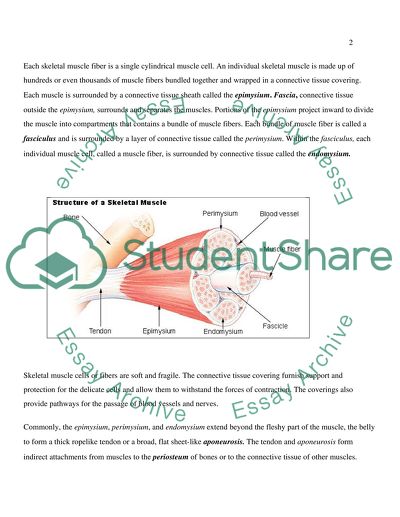Cite this document
(“Muscle Strain and Repair Essay Example | Topics and Well Written Essays - 2000 words”, n.d.)
Retrieved from https://studentshare.org/health-sciences-medicine/1517114-muscle-strain-and-repair
Retrieved from https://studentshare.org/health-sciences-medicine/1517114-muscle-strain-and-repair
(Muscle Strain and Repair Essay Example | Topics and Well Written Essays - 2000 Words)
https://studentshare.org/health-sciences-medicine/1517114-muscle-strain-and-repair.
https://studentshare.org/health-sciences-medicine/1517114-muscle-strain-and-repair.
“Muscle Strain and Repair Essay Example | Topics and Well Written Essays - 2000 Words”, n.d. https://studentshare.org/health-sciences-medicine/1517114-muscle-strain-and-repair.


